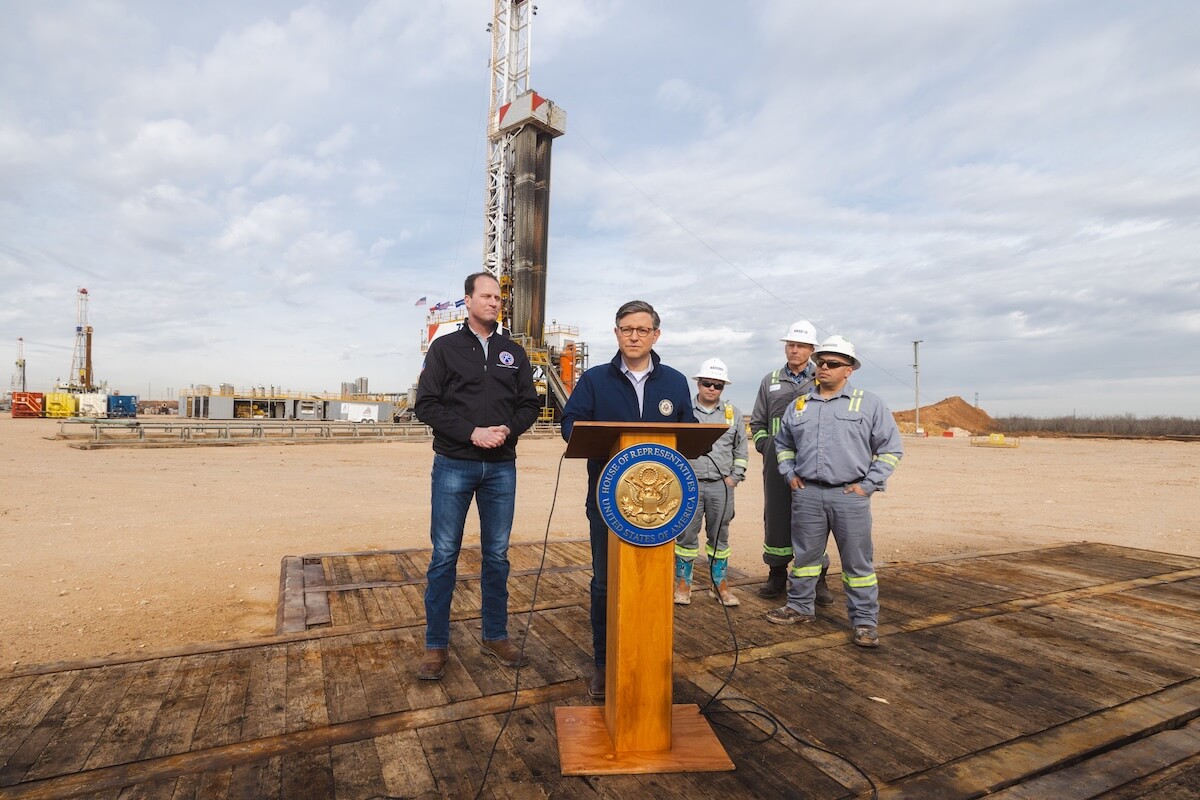Measure what matters. Disclosures are key. Transparency leads to accountability.
Which investor, and in fact regulator, wouldn’t agree with these common-sense business mantras pointing to the need for more objectives and key results (OKRs), key performance indicators (KPIs) and other kinds of metrics?
Numbers make things more visible and graspable and often that’s good and necessary. EU regulators — and to some extent the SEC and California lawmakers — have also landed on this maxim when it comes to enforcing sustainability standards. Disclosures around ESG, climate, and diversity have become enshrined in law across different parts of the world in recent years. And I love that regulators are pushing forward in this way.
Why? There is exactly one reason: disclosure-focused regulations put sustainability and ESG on company and investor agendas. Everything beyond that — the actual data collection, the scrutinising and reporting on it, and the potential insights generated by the data — can in fact quickly become a waste of time and remain without tangible effect.
At least that is true in the ecosystem I know best: early-stage tech companies and their venture capital investors.
Disclose and comply but don’t expect to learn too much
The EU’s Sustainable Finance Disclosure Regulation (SFDR) forces investors — behemoths such as Blackrock in the same way as the small VC investors I work with — to make their thinking around sustainability transparent. Given the requirements of many asset owners who are funding VC firms — often European state funds — the majority of the venture capital ecosystem is currently complying with SFDR Article 8. What this means is that funds have to integrate ESG in their investment processes. Reporting to asset owners has become standard practice too, often directly aligned with SFDR’s ‘Principle Adverse Impact’ indicators (PAIs).
These indicators include metrics regarding biodiversity, hazardous waste or workplace incidents. For an early-stage technology startup, many of the specific metrics — especially the heavy focus on environmental indicators — are not fit for purpose (i.e. financially material). On the other hand, issues such as data management, regulatory compliance and risk, or responsible product design — highly relevant to many tech companies — are not part of these disclosures.
In other words, reporting on regulatory metrics is neither particularly indicative of ‘good ESG’ for a company (or investor) nor very insightful when it comes to identifying meaningful, i.e. material, risk factors. Because standard reporting requirements — to regulators or asset owners — are not made for early-stage companies and their investors, don’t expect to learn too much from it. You will still have to disclose and comply — access to capital is dependent on it — but the value-add of ESG comes from practices beyond reporting.
ESG is a full-body workout, not a tick-box exercise
The focus on reporting and disclosures is not only mistaken because most of the reporting metrics are not filtered by materiality, i.e. are simply irrelevant for the specific firm. The reporting focus also makes it more likely that ESG becomes a tick-box exercise: “we collected some data and sent it off, done”. Measuring your blood pressure once a year does not make you healthier. At all.
In order to be healthier or build a better company, you need to do the workout. And we believe ESG in fact requires a full-body workout. Judging from what we’re seeing in our 500+ global community of VC funds, ESG needs to be integrated into the full value chain, from investment decision-making to portfolio support and internal fund management. Good ESG in VC is everyone’s job — which is also a mantra that some of the most important limited partners share, such as Germany’s key anchor LP KfW Capital.
In their 2021 white paper, they lay out what the industry is moving towards; requirements not only include ESG reporting (down to the portfolio company level) but also the creation of a meaningful ESG policy, the integration of an ESG framework in the investment process and clear responsibility for ESG in the team among other things. Some LPs want to see the integration of ESG in the investment memos; others call fund analysts to understand how ESG is really lived in the firm.
What all of this is about is easy: avoiding ESG-washing. ESG needs to be part of all VC processes – rather than a mere reporting and disclosure exercise. From our work with 100+ LPs and asset owners we also learn there is a lot of support and coaching available from them to help the VC funds move forward on their ESG journey. For everything else, communities like ours provide help and resources. Simply ask.
Moving forward and away from ‘wrong metrics’
Just because it gets measured, that doesn’t mean anything gets done. This is especially true when the ‘wrong things’ get measured, things that are not material. At the moment, ‘wrong disclosures’ are potentially distracting many investors and companies. In the short term, there is nothing we can do about that. Both regulators and LPs require compliance.
In the mid-term, that is after this year’s European elections, we hope that SFDR will be overhauled. While VC tends to be too small to get its own rules, perhaps there could be space carved out for early-stage companies. Some LPs are already enforcing such a staged approach to reporting, which we hope can be scaled further over the coming years.
But independently of the nature of disclosures, the real focus of responsible investing and innovation and ESG needs to shift to value-creating action. We need to focus much more on the doing: perform a materiality assessment which helps you to identify key ESG risks and opportunities and then work on the mitigation and fulfillment of those. That’s also where the business case is. Let’s focus on the action as quickly as possible.
Johannes Lenhard is co-director of VentureESG and researcher affiliate at the Minderoo Centre for Technology and Democracy at the University of Cambridge.











